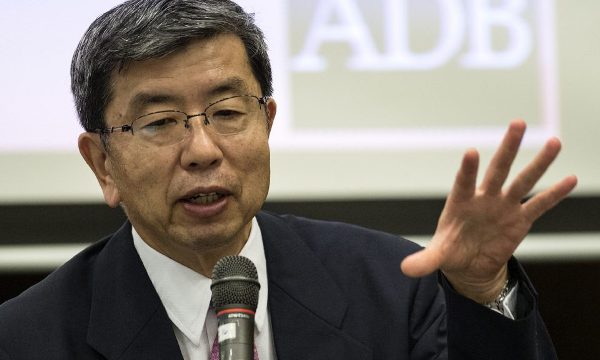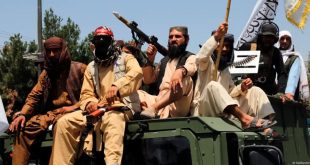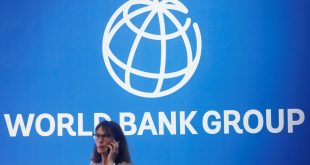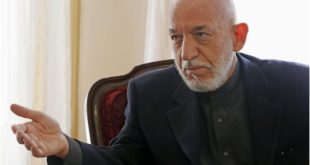By Takehiko Nakao-This month marks 20 years since the Asian Financial Crisis. It’s appropriate to consider at this juncture why the crisis happened, and what we have learned about how countries can safeguard their economies from future shocks and deliver sustainable and inclusive growth.
The combined currency and banking crisesstarted in Thailandin July 1997 and quickly spread to the Republic of Korea, Indonesia, Malaysia and the Philippines. In little more than a year, gross domestic product at the five crisis-affected countries fell by a combined 30%.
The crisis can be traced to the premature opening-upof capital accounts before domestic financial systems and regulations were ready. Short-term borrowing was liberalized even more than long-term foreign direct investment in those countries.
Encouraged by dollar-pegged exchange rates, portfolio investment and bank loans from advanced economies flooded into Asia before the crisis, fueling domestic asset and property price bubbles. Large short-term US-denominated debts financed long-term domestic investments, creating currency and maturity mismatches. Once it became clear they were unsustainable, capital flows suddenly reversed. This led to large devaluations of the currencies and massive bank defaults.
The international community quickly came to the rescue. The International Monetary Fund, World Bank, Asian Development Bank (ADB) and the region’s governments provided foreign exchange liquidity and budget support. ADB offered $7.8 billion in loans over 2 years, mainly through fast disbursing policy-based lending for financial sector reform and social protection to Indonesia, the Republic of Korea, and Thailand.
In the event, countries recovered faster than expected. After the initial stabilization measures, authorities at crisis-affected countries reinforced sound macroeconomic policies supported by fiscal prudence and more independent central banks. They adopted more flexible exchange rates, strengthened financial sector regulation and governance, and implemented structural reforms. Countries adopted more prudent approaches to capital account liberalization with better sequencing, consistent with domestic economic conditions. The crisis also gave strong impetus to regional cooperation initiatives.
Today, Asia has a stronger economic outlook. Developing Asia’s economies grew 6.8% yearly over the past two decades, faster than any other region.The region’s growth now relies much more on domestic demand. These achievements belie criticisms during the crisis that Asia’s growth miraclewas a myth and unsustainable.
I believe that the development pattern in Asia is evolving from the “flying geese model” popular in the 1960s, in which certain industries shifted from the front runner — Japan – to the “four tigers” and others as technology advanced. It is now based on a “production sharing network model”, in which different countries share parts of production processes, not necessarily reflecting their development stages.
This new process enables developing countries to integrate into the regional and global value chains more quickly, thereby facilitating technical and skills transfers which broaden growth opportunities for late comers.
But Asia should not be complacent. Around 330 million of its people still live in absolute poverty, and many economies are experiencing rising inequality. Further steps are needed to make economies more resilient and ensure sustainable and inclusive growth.
First, countries must continue pursuing sound macroeconomic policies. They need to keep adequate fiscal space and international reserve buffers against future shocks. The region requires greater revenuesfrom tax reforms and better collection to finance infrastructure and social sector needs.
Second, countries need deeper and broader financial systems. In addition to sound banking sectors, they need strong capital markets, especially in local currency bonds, both sovereign and corporate. The ASEAN+3 Asian Bond Markets Initiative, supported by ADB, has helped to expand outstanding local currency bonds from $1 trillion in 2002 to over $10 trillion in 2016.
Third, both macro-and micro-prudential policies are critical to maintain financial stability.Cross-border capital flows, domestic credit growth, and asset price inflation should be monitored closely. And much wider financial inclusion is needed, not just to support social equity, but to enhance sustainable growth by boosting access to financial services for small and medium-sized enterprises and for households.
Fourth, the region must narrow large infrastructure gaps, which ADB estimates will require over $1.7 trillion a year through 2030. Over 400 million people still lack electricity and about 300 million have no access to safe drinking water.
Fifth, Asia must also address climate change risks through both mitigation and adaptation measures. By using smart urban planning and technology, Asian cities can be more resilient and livable.
Sixth, human capital development is essential for countries to advance and avoid the middle-income trap. Education systems should equip people with the necessary skills and knowledge to adapt to a rapidly-evolving technology and business environment. Adequate health services are urgently needed.
Finally, regional cooperation can mitigate risks from globalization. Financial crises are becoming more frequent and costly in a world of free capital flows and financial liberalization.
Strengthening regional financial cooperation for emergency financing, macroeconomic surveillance, and collective efforts for financial sector development through initiatives such as the Chiang Mai Initiative Multilateralization will contribute to macroeconomic and financial stability.
Asia is in a much stronger position than 20 years ago, but should remain vigilant.
Takehiko Nakao is President of the Asian Development Bank
 Afghanistan Times
Afghanistan Times




